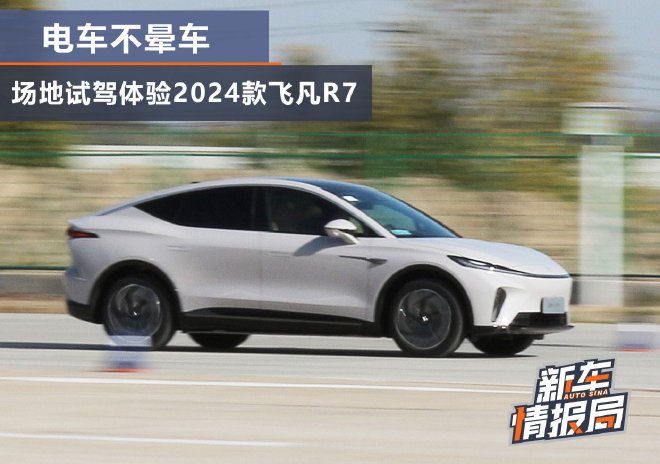
With the arrival of the era of electric cars, more and more consumers are willing to accept and choose new energy vehicles. Compared with traditional fuel vehicles, new energy vehicles are equipped with more intelligent features. However, due to the significant differences in the power and driving form of new energy vehicles compared to traditional fuel vehicles, the most direct sensory experience is the fast acceleration. The rapid acceleration of electric vehicles does indeed make it easier for drivers and passengers to feel dizzy during daily driving. With technological advancements, in recent years, some new energy vehicle companies have started to optimize and improve vehicle technology from the perspective of automotive engineering, including seat design, braking systems, drive control, driving form, and electronic and electrical architecture. For example, the 2024 model of the Feifan R7 that we test drove this time gave us a different experience in terms of driving new energy vehicles. Previously, we have provided a detailed analysis of the exterior and interior of the Feifan R7, so we won’t go into detail here. Interested friends can check out our previous link: “Bach cockpit upgrade, first static experience of the 2024 Feifan R7.” Feifan Bay Dynamic System
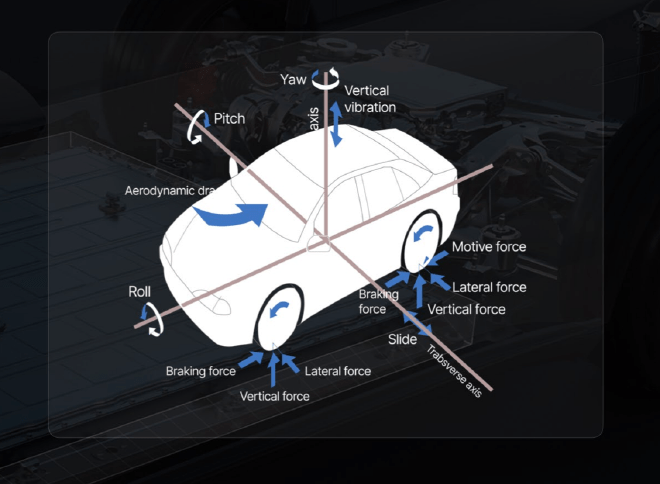
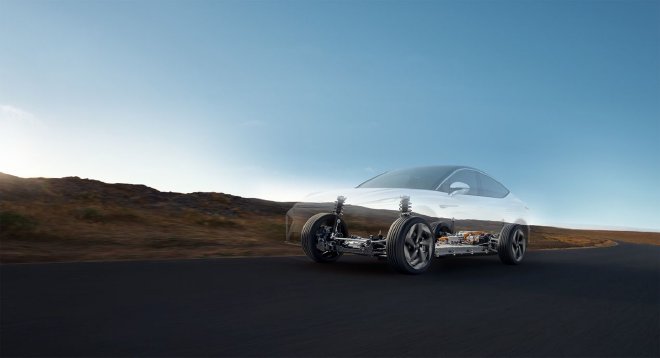
The 2024 Feifan R7 we test drove today is the first to use Feifan’s latest automotive dynamic technology – the Feifan Bay Dynamic System. In simple terms, the Feifan Bay Dynamic System is based on SAIC’s self-developed electric vehicle calibration system, breaking through the black box state of vehicle performance calibration, achieving coordinated control of the three electric domains and the vehicle body domain, and allowing the new R7 to have a swift and smooth dynamic experience. It performs swiftly in scenes such as 4K-level power smoothness, pure electric linear braking, extended range, and smooth performance in scenes such as body posture control, crosswind suppression, and driver and passenger low-speed perception. This test drive experience mainly combined several specific evaluations of the vehicle’s dynamic performance in different scenarios. Acceleration/Braking/Steering Test
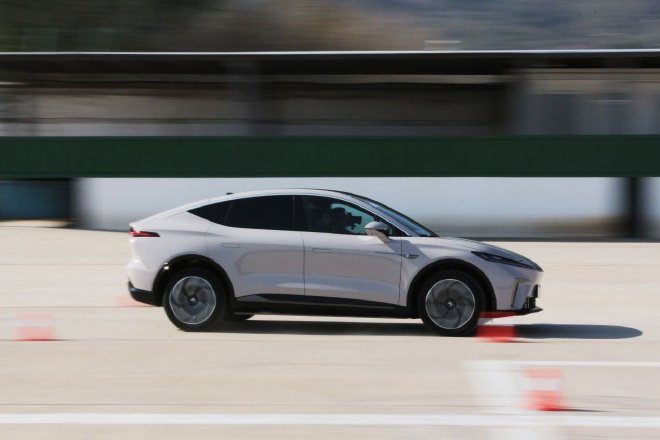
During testing, the Feifan Bay Domain dynamic system can be clearly felt to have unique acceleration/braking/steering advanced driving comfort performance calibration, with faster and more precise operation response, overall power output linear and strong, achieving smooth vehicle power acceleration, linear braking for pure electric, and precise steering control for a comfortable driving experience. With the industry-leading Feifan Bay Domain dynamic system, the new R7 has achieved optimization and upgrade in chassis suspension tuning. Its suspension springs, shock absorber damping, and other parameters have been optimized and advanced, reducing the unsprung mass, and comprehensively improving the driving dynamics. The new R7 has better response matching in the three electric domains and the vehicle body domain in terms of 3-way 6-degree of freedom Pitch/Roll/Yaw dynamic performance, comprehensive filtering, crosswind suppression scenes, and passenger low-speed perception, bringing an ultra-smooth driving experience in different road conditions. Crosswind suppression scene experience
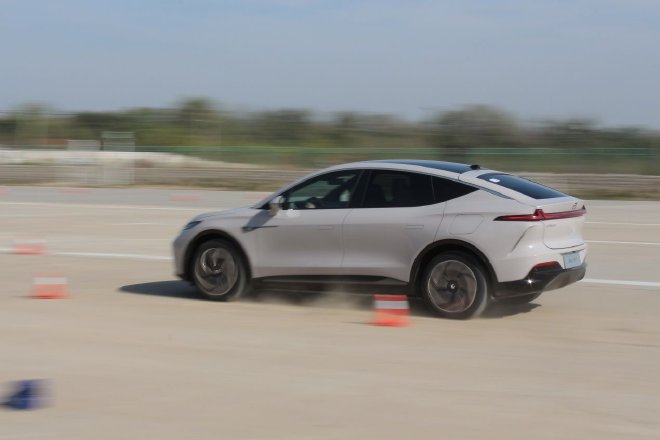
In addition to the aerodynamic drag during straight-line acceleration, crosswinds can also affect the dynamic response of the vehicle. The Feifan Bay Dynamic System introduces the concept of aviation three-axis technology calibration, optimizing comfort for crosswinds.

The FeiFan R7 boasts a class-leading 0.238Cd ultra-low drag coefficient and has undergone the industry’s first crosswind wind tunnel testing to achieve lateral aerodynamic optimization, creating the first lateral aerodynamic standard.
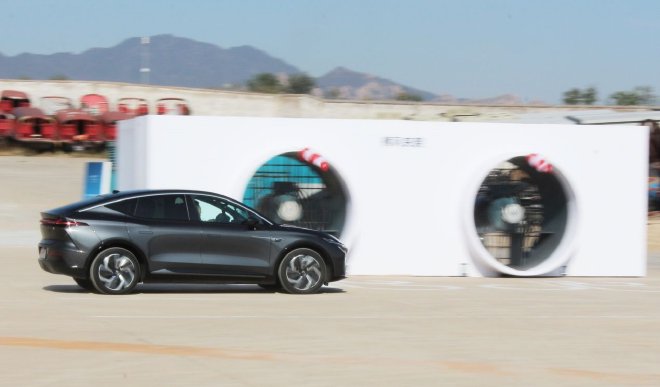
When driving on highways, overpasses, cross-sea roads, or in the chaotic flow of trucks, and during the typhoon season in coastal areas, even in strong winds, the vehicle body will not sway violently, but remain stable. By monitoring the motor data in real time through the rotary sensor, it is possible to intervene earlier in the vehicle’s posture control. With PDC steering side wind compensation, it can provide torque compensation for crosswinds, ensuring that the vehicle does not deviate from the lane; keeping the steering wheel stable and not swaying, and not having to constantly correct the steering wheel in continuous crosswinds, making driving safer and easier. The entire series is equipped with Continental’s One-Box integrated electric braking system, and has a special calibration ESP program for crosswind scenarios, with a super-fast response time of 200 milliseconds, 3 times faster than traditional ESP, making it safer even in extreme conditions. Passenger’s perception of low-speed During driving, the perceived speed of the driver and passengers is not completely consistent with the actual speed of the vehicle. If the walking state is considered as 1:1, all modes of transportation have a “gear ratio”. Bicycles and motorcycles are considered visual acceleration, while cars, high-speed trains, and airplanes are considered visual deceleration. Visual deceleration can comprehensively reduce the sensory stimulation of high vehicle speeds on the human body and reduce discomfort.
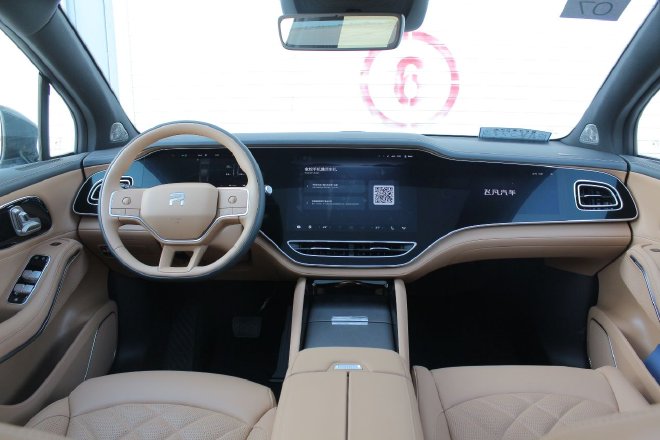
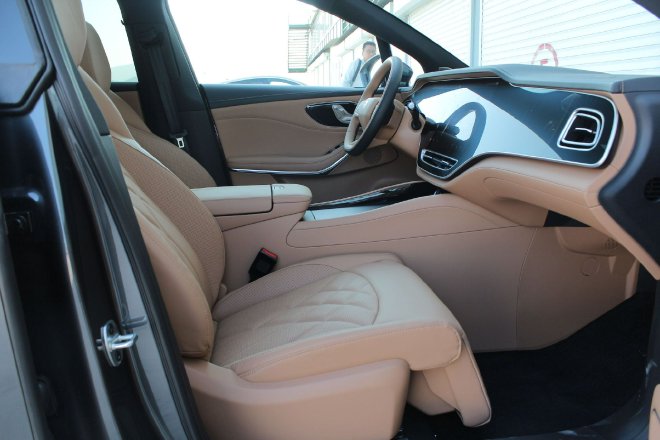
The Feifan R7 uses visual, auditory, and tactile triple deceleration to avoid narrowing of the field of view with vehicle speed, enlarging the sharp visual area, and giving users the comfortable experience of a surface business jet. The Feifan R7 is the world’s first mass-produced industry-leading Huawei visual enhancement AR-HUD panoramic system, allowing drivers to look straight ahead without turning their heads, keeping their focus on the lowest speed in front of them to comprehensively view overall information, avoiding the repeated locking of the road surface and the repeated correction of the speed coordinate system by the brain.
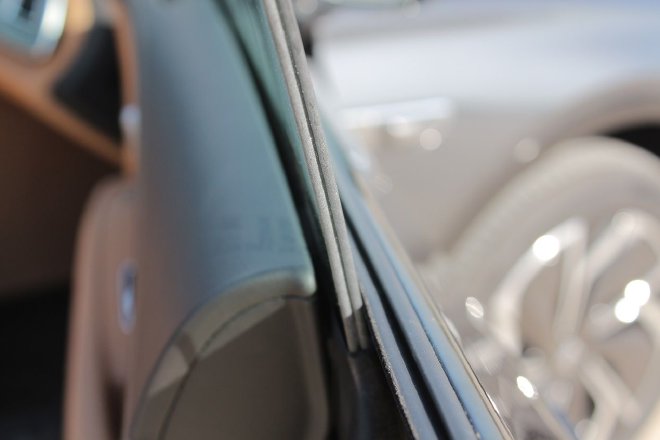
In addition, the dual-layer laminated glass equipped in the entire system can reduce visual speed to a certain extent due to its zero light distortion. The industry-leading eight measures isolate noise and reduce vibration, creating a theater-level quiet space. When the vehicle speed is 60 kilometers per hour, the interior noise is as low as 55.7 decibels, comparable to the level of luxury cars in NVH. The ergonomic seats fit the body completely, with a low and comfortable sitting posture, strong road feel filtering, small vibrations, and smaller linear acceleration and deceleration gradients as well as lateral and pitch gradients, reducing body sway and providing the driver and passengers with an extremely comfortable sensory experience throughout the journey. By collecting big data on acceleration and braking curves, the G values of vehicle acceleration and deceleration are more linearly distributed, and the curvature of the acceleration and deceleration curves is smoother, reducing the discomfort caused by speed changes.
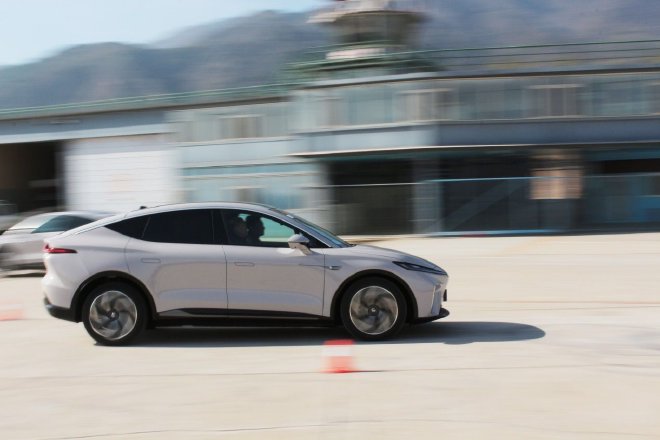
Feifan has integrated frequency engineering into product development, achieving joint adjustment and overall optimization of seat-chassis. The road excitation frequency and tire rotation frequency are mainly between 0-15Hz, and the main resonance frequency of human organs is between 4-12Hz. In product development and adjustment, actively avoiding uncomfortable frequencies in the overlapping area has improved comfort. Summary: After a targeted test drive of the 2024 Feifan R7 at the test site today, it can be felt that the Feifan R7 has a good experience in dynamic handling, especially in the scene of crosswind suppression. With excellent interior and exterior design as well as outstanding handling and driving experience, Feifan R7 may be able to create its own market.